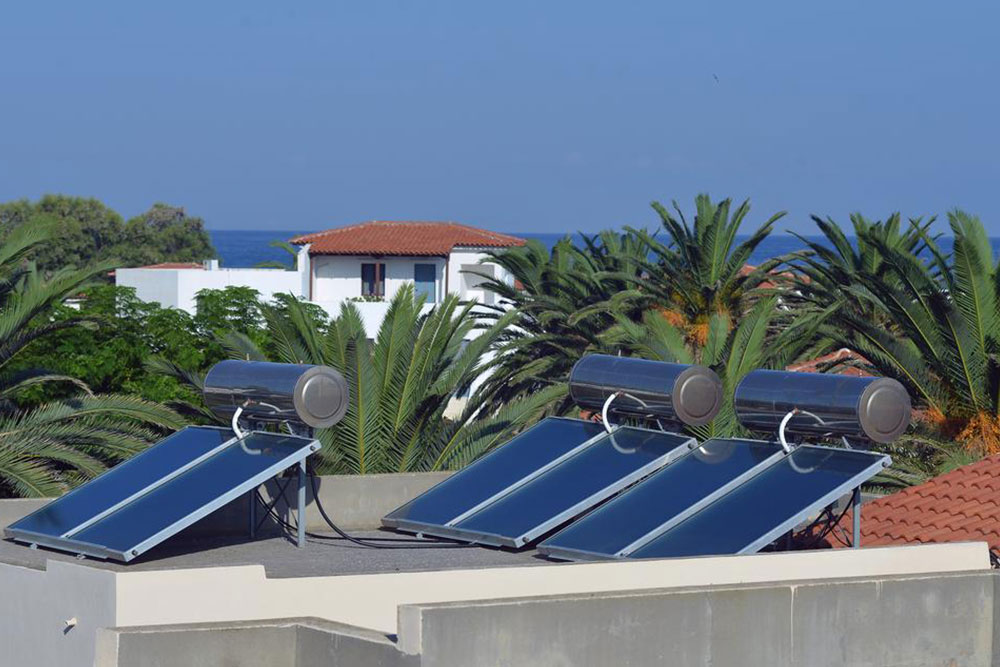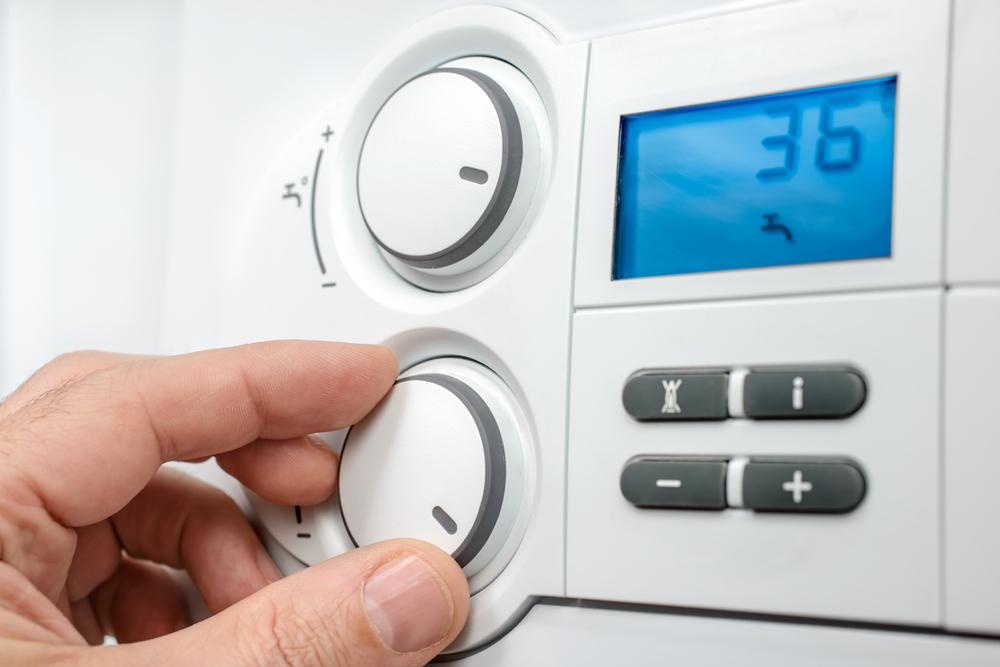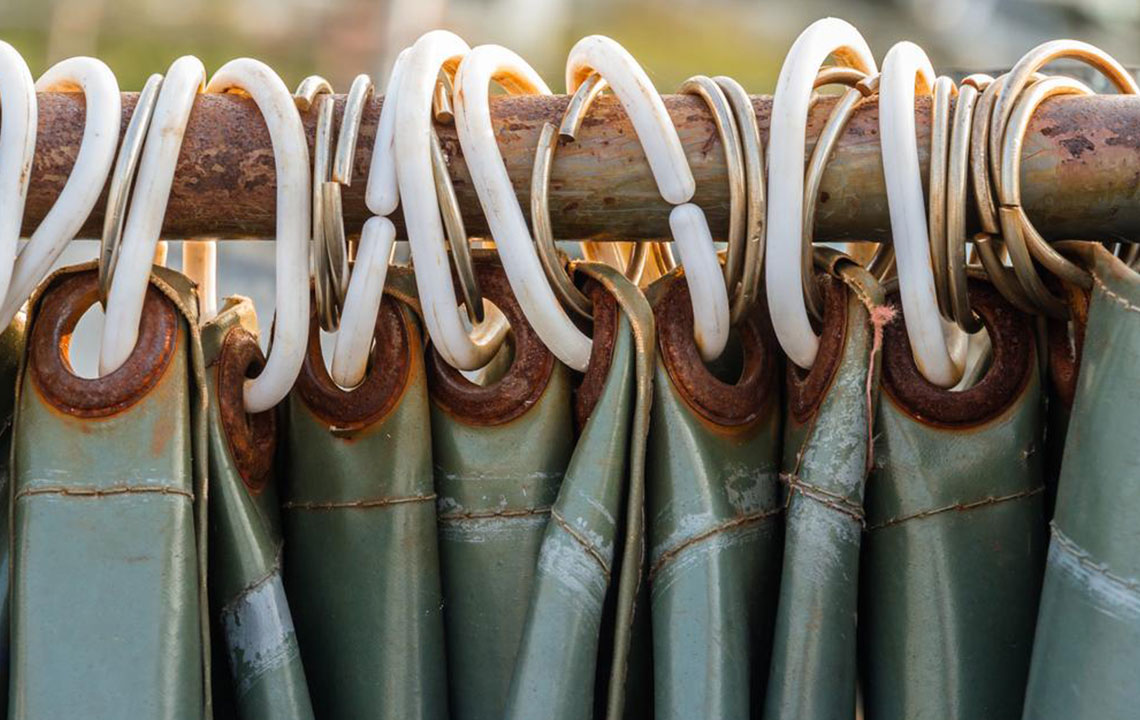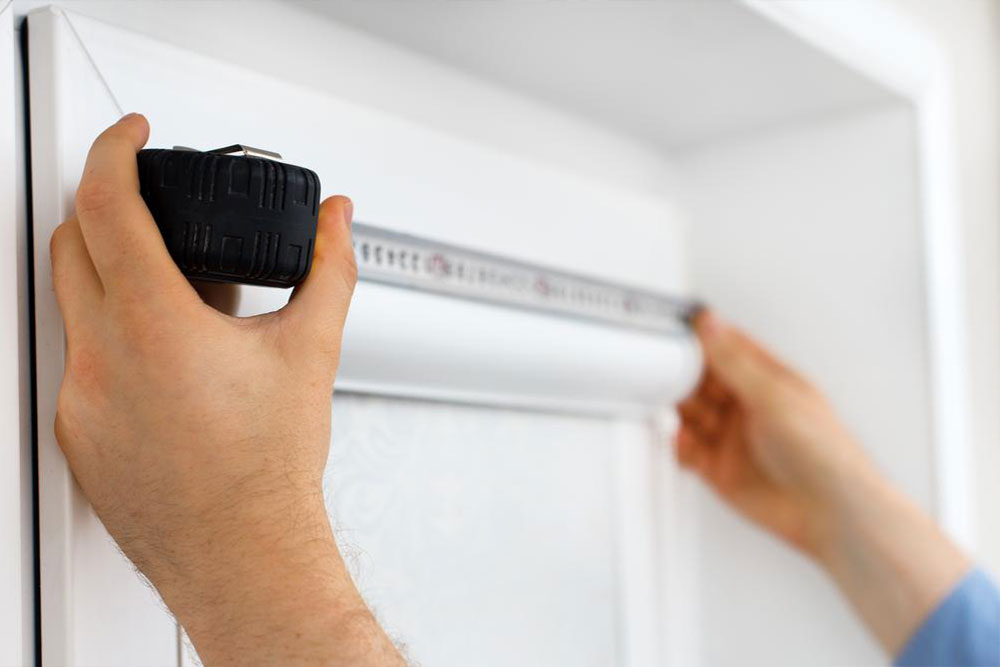Differences Between Blackout and Insulated (Thermal) Curtains Explained
Discover the key differences between blackout and thermal curtains to enhance your home's comfort and energy efficiency. Learn where and how to use each type effectively for better insulation, light control, and noise reduction, helping you make informed decisions for your window treatments.
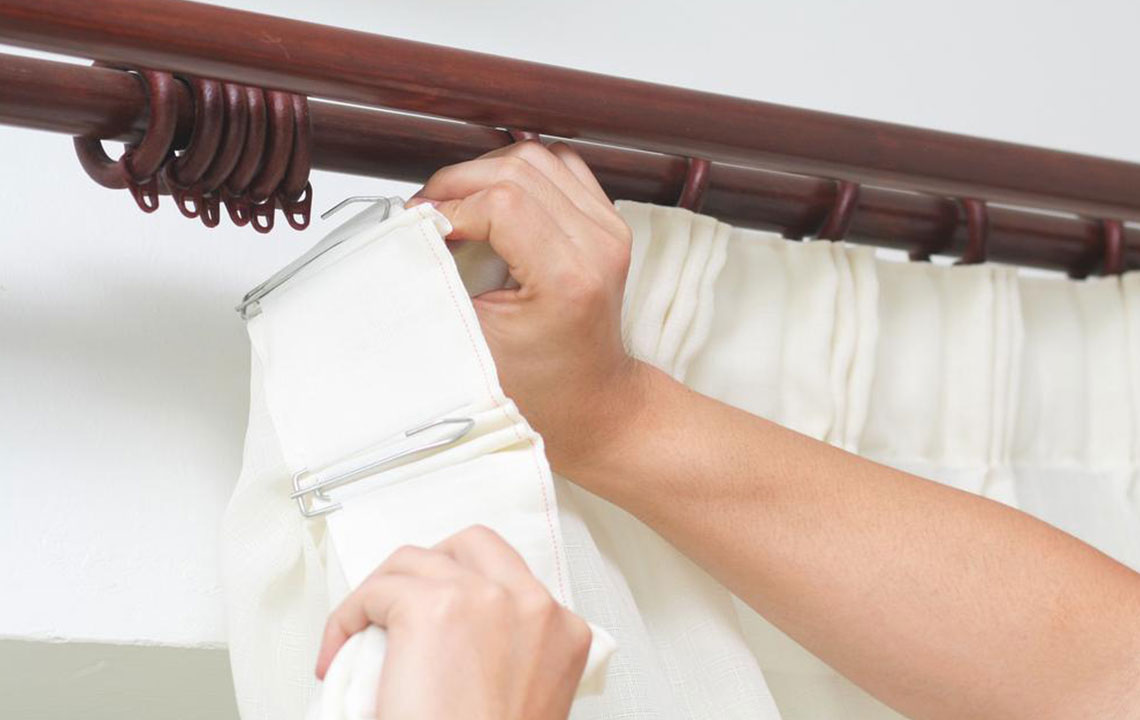
Choosing the perfect window treatment enhances your home's style and privacy while offering functional benefits. While decorative options like lace curtains and valances improve aesthetics, blackout and thermal curtains serve specific purposes. Understanding their differences helps in making an informed choice.
Blackout vs. Thermal Curtains: What Sets Them Apart?
Definitions:
Blackout curtains are crafted from densely woven fabrics that block out almost all sunlight and reduce noise. Conversely, thermal curtains incorporate insulating layers, such as foam, to regulate indoor temperatures effectively.
Both types provide some soundproofing benefits.
Common Uses:
Blackout curtains are ideal for rooms with strong sunlight exposure, especially east or west-facing windows. They block approximately 24% of sunlight, keeping rooms cooler in summer and warmer in winter, thus reducing energy expenses. These curtains are perfect where ventilation is desired but excess sunlight is undesirable.
Thermal curtains are designed not only to block sunlight but also to minimize air exchange, maintaining consistent indoor temperatures. They are particularly useful during winter months when lower oxygen levels and insulation are priorities. Ideal for air-conditioned spaces, these curtains help improve energy efficiency and lower utility bills. They are often called insulated curtains, with costs varying based on layers and insulation materials.
Before purchasing blackout or thermal curtains, assess your specific needs carefully. Selecting the right type ensures satisfaction with your investment and optimal home comfort.


